Oceans
-
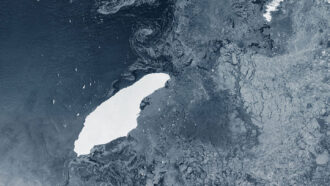 Climate
ClimateHere’s what happened to the Delaware-sized iceberg that broke off Antarctica
The powerful pull of currents in the Southern Ocean probably pulled apart the largest remnant of a massive iceberg that split off Antarctica in 2017.
-
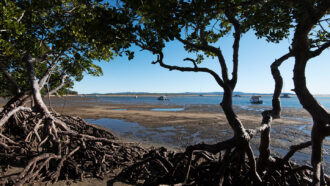 Environment
EnvironmentMangrove forests expand and contract with a lunar cycle
The carbon-sequestering trees grow in a roughly 18-year cycle according to tides influenced by the moon’s orbit, a study in Australia finds.
-
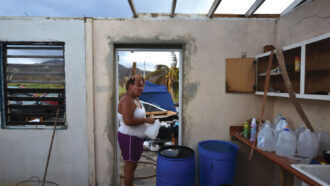 Climate
ClimateA coral pollution study unexpectedly helped explain Hurricane Maria’s fury
Tracking coral reef pollution in Puerto Rico, conservation researchers discovered by chance how the coastal ocean fueled Hurricane Maria.
-
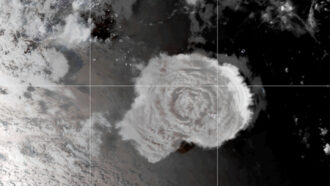 Earth
EarthThe Tonga eruption may have spawned a tsunami as tall as the Statue of Liberty
A massive undersea volcanic eruption in the South Pacific in January created a tsunami that was initially 90 meters tall, computer simulations suggest.
By Sid Perkins -
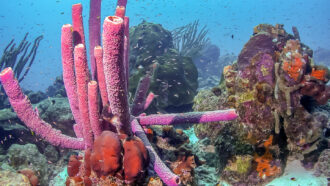 Life
LifeSea sponges launch slow-motion snot rockets to clean their pores
Sea sponges rely on a sneezing mechanism to clear their pores, using mucus to flush out debris. This mucus provides food for other marine life.
By Jude Coleman -
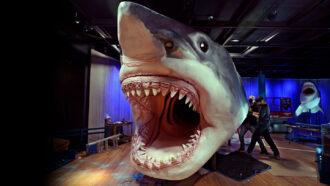 Paleontology
PaleontologyMegatooth sharks may have been higher on the food chain than any ocean animal ever
Some megalodons and their ancestors were the ultimate apex predators, outeating all known marine animals, researchers report.
By Asa Stahl -
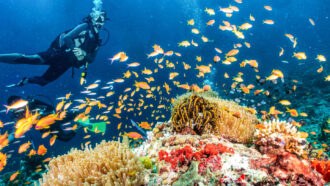 Oceans
OceansHow some sunscreens damage coral reefs
In lab experiments, sea anemones and coral turned oxybenzone into a toxin activated by light. But helpful algae may provide a layer of protection.
-
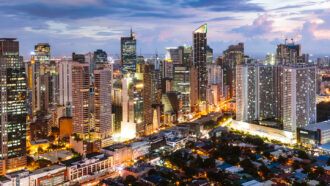 Climate
ClimateCoastal cities around the globe are sinking
Of 99 coastal cities, nearly one-third are sinking in some places at more than a centimeter per year, making them more vulnerable to rising seas.
-
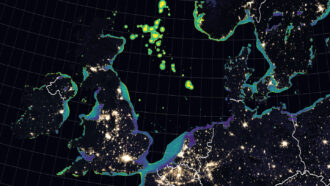 Oceans
OceansEven the sea has light pollution. These new maps show its extent
Coastal cities and offshore development create enough light to potentially alter behavior of tiny organisms dozens of meters below the surface.
-
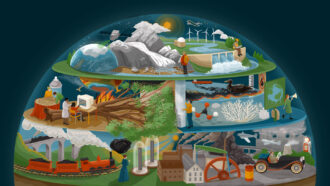 Climate
ClimateHow did we get here? The roots and impacts of the climate crisis
Over the last century and a half, scientists have built a strong case for the roots and impacts of human-caused climate change.
-
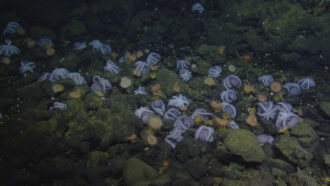 Oceans
OceansSome deep-sea octopuses aren’t the long-haul moms scientists thought they were
Off California’s coast, some octopuses lay eggs in the warmer water of geothermal springs in the “Octopus Garden,” speeding up their development.
-
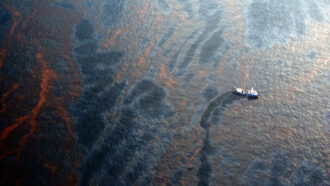 Oceans
OceansSunlight helps clean up oil spills in the ocean more than previously thought
Solar radiation dissolved as much as 17 percent of the surface oil slick spilled after the 2010 Deepwater Horizon explosion, a new study suggests.